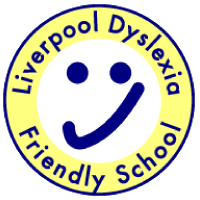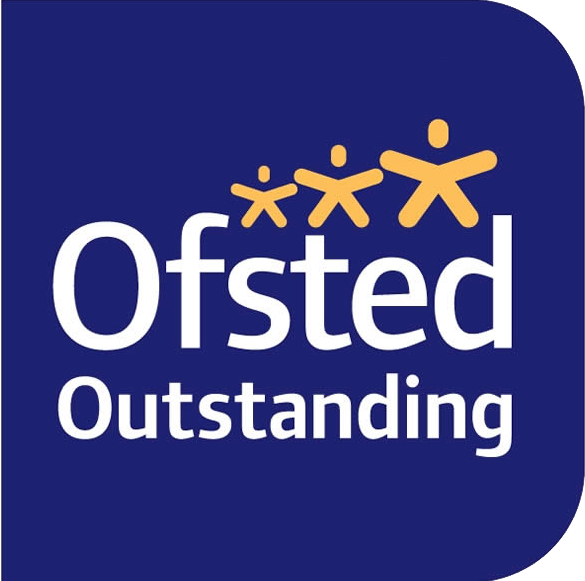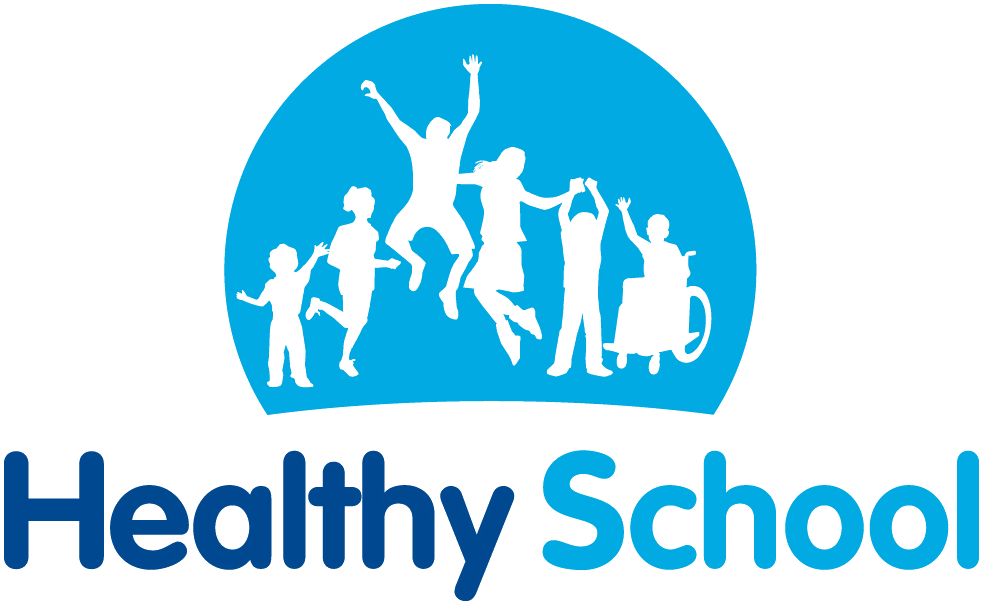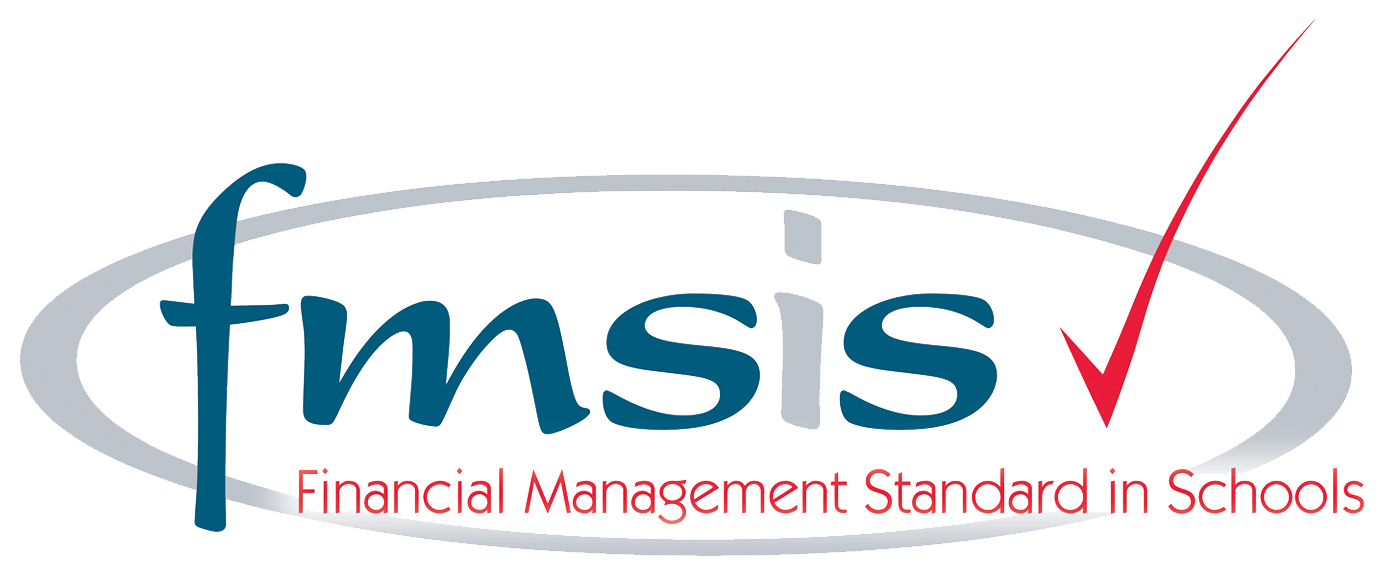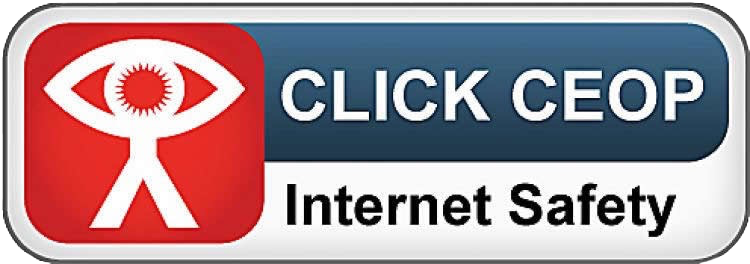Vision
At Bank View, we value Art and Design as an important part of the children’s entitlement to a broad and balanced curriculum. Art provides children with the opportunity to develop and extend skills and an opportunity to express their interests, thoughts and ideas. A high-quality art and design education should engage, inspire and challenge children, equipping them with the knowledge and skills to experiment, invent and create their works of art, craft and design.
To improve their art and design techniques, pupils draw, paint and sculpt with a range of materials. To make learning more meaningful we look at art within our city – appreciating the culture that surrounds us. Not only does this enable teachers to bring the subject alive, but it also encourages children to talk about art against a familiar backdrop. We want them to have no limits to what their ambitions are and grow up wanting to be illustrators, graphic designers, curators or printmakers.
Intent
We believe that high-quality Art lessons will inspire children to think innovatively and develop creative procedural understanding. Our Art curriculum provides children with opportunities to develop their skills using a range of media and materials. Children learn the skills of drawing, painting, printing, collage, textiles, 3D work and digital art and are allowed to explore and evaluate different creative ideas. Children will be introduced to a range of works and develop knowledge of the styles and vocabulary used by famous artists. The skills they acquire are applied to their cross-curricular topics, allowing children to use their art skills to reflect on and explore topics in greater depth. Art contributes to children’s personal development in creativity, independence, judgment and self-reflection. It also enables them to create take care work which links strongly to our school values. It is paramount that artwork be purposeful; be this as a means of expression or to explore the styles of other artists that inspire our own work. Pupils should be clear about what the intended outcomes are and have the means to measure their own work against this. In Art, children are expected to be reflective and evaluate their work, thinking about how they can make changes and keep improving. This should be meaningful and continuous throughout the process, with evidence of age-related verbal and written reflection. Children are encouraged to take risks and experiment and then reflect on why some ideas and techniques are successful or not for a particular project.

Implementation
In the EYFS, we develop a child’s imagination, creativity and ability to use media and materials. In KS1 and KS2 teachers plan Art carefully using the objectives from our medium-term plans, which are then transferred onto a progression map for each cross-curricular topic. Teachers can see what skills and knowledge have been taught previously. Teachers are then able to design a cycle of lessons for each subject, which plans for progression and depth. We also consider diversity and the importance of promoting protected characteristics. The teachers will create a way for art to be displayed to celebrate the pupil’s artwork in their class and across the school.
Impact
Our Art Curriculum is high quality, well thought out and is planned to demonstrate progression. If children are keeping up with the curriculum outcomes, they are deemed to be making good or better progress. In addition, we measure the impact of our curriculum through a reflection on standards achieved against the planned outcomes; a celebration of learning for each term which demonstrates progression across the school; assessment of the skills and knowledge with our assessment domain sheets and pupil discussions about their learning.



